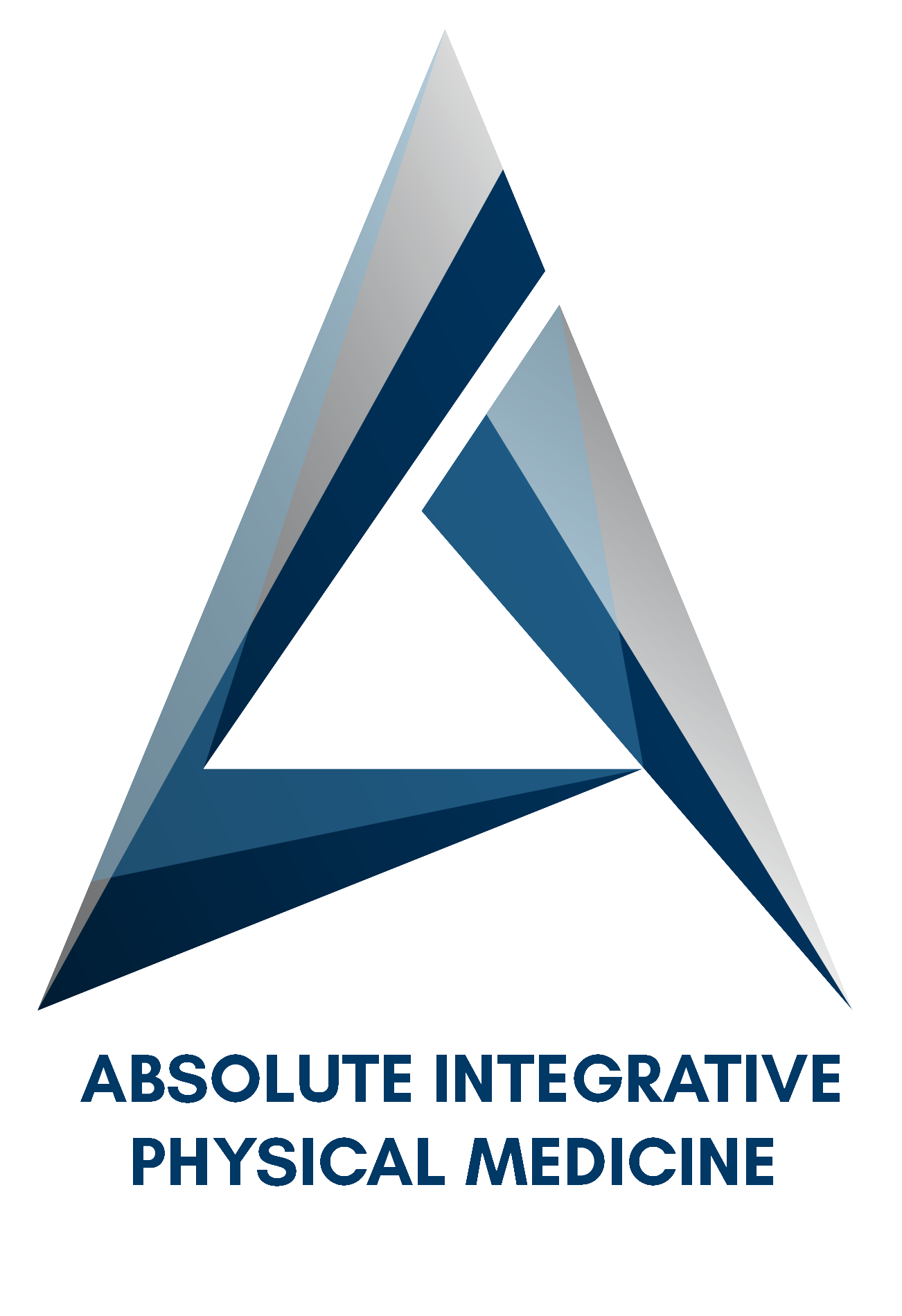The Benefits of Good Posture

Advantages of Maintaining Good Posture
Have you ever been told to stand up straight or scolded for slouching at a family gathering? It might feel annoying, but there's truth to it. The position of your body—whether sitting or standing—forms the foundation for every movement you make and significantly influences how well your body can adapt to various stresses. These stresses include things like carrying weight, sitting in awkward positions, and, of course, the constant force of gravity. When your posture isn’t optimal, your muscles work harder to keep you balanced and upright. This can lead to some muscles becoming tight and inflexible, while others may become weaker over time. These misalignments can impair your body's ability to handle everyday forces. Poor posture can also accelerate wear on your joints, increase the risk of injury, and even reduce the efficiency of some organs, like your lungs.
The benefits of having good posture are well-documented. Research links poor posture to conditions like scoliosis, headaches, and back pain, though it's not always the sole cause. Interestingly, posture can even affect your emotional state and your sensitivity to pain. With the increasing time we spend sitting in awkward positions or using devices that encourage us to look down, good posture has become harder to maintain. Studies suggest posture is getting worse across the board. So, what does good posture actually look like? When viewed from the front or back, all 33 vertebrae in the spine should appear aligned in a straight line. From the side, the spine should have three natural curves—one at your neck, one at your shoulders, and one at your lower back. These curves don’t form naturally at birth; babies are born with a C-shaped spine that begins to develop these curves between 12 and 18 months as muscles strengthen. Proper alignment allows the spine to absorb stress from movements like walking and jumping.
When standing, a straight line should be drawn from just in front of your shoulders to behind your hips, to the front of your knees, and a few inches in front of your ankles. This helps keep your center of gravity directly over your base of support, allowing you to move efficiently with minimal muscle fatigue. When sitting, your neck should remain upright, your shoulders relaxed with arms close to your body, and your knees should be at a right angle with feet flat on the floor.
What if your posture could use some work? Start by adjusting your environment. Place your screen at or slightly below eye level and ensure that your elbows and wrists are supported ergonomically. You can also try sleeping on your side with a supportive pillow between your legs. Choose shoes with low heels and good arch support, and consider using a headset for phone calls. Simply having good posture isn't enough, though. It's crucial to keep your muscles and joints moving. In fact, staying still for long periods—even with good posture—can be worse than moving regularly with poor posture. When you do move, do so wisely. Keep your bags close to your body, and wear backpacks symmetrically. If you sit for long periods, make sure to get up and move around regularly. Exercise is essential to keep your muscles strong and capable of supporting you. The benefits of good posture go beyond just your muscles and joints—they also extend to your bones, brain, and heart. If you're uncertain, consider consulting a physical therapist because, yes, good posture really does matter.
Latest Articles

Connect with Us
Ready to find relief? Don’t wait any longer—reach out to us and lock in your appointment time for the care you deserve!
Connect with Us
Ready to find relief? Don’t wait any longer
—reach out to us and lock in your appointment time for the care you deserve!

